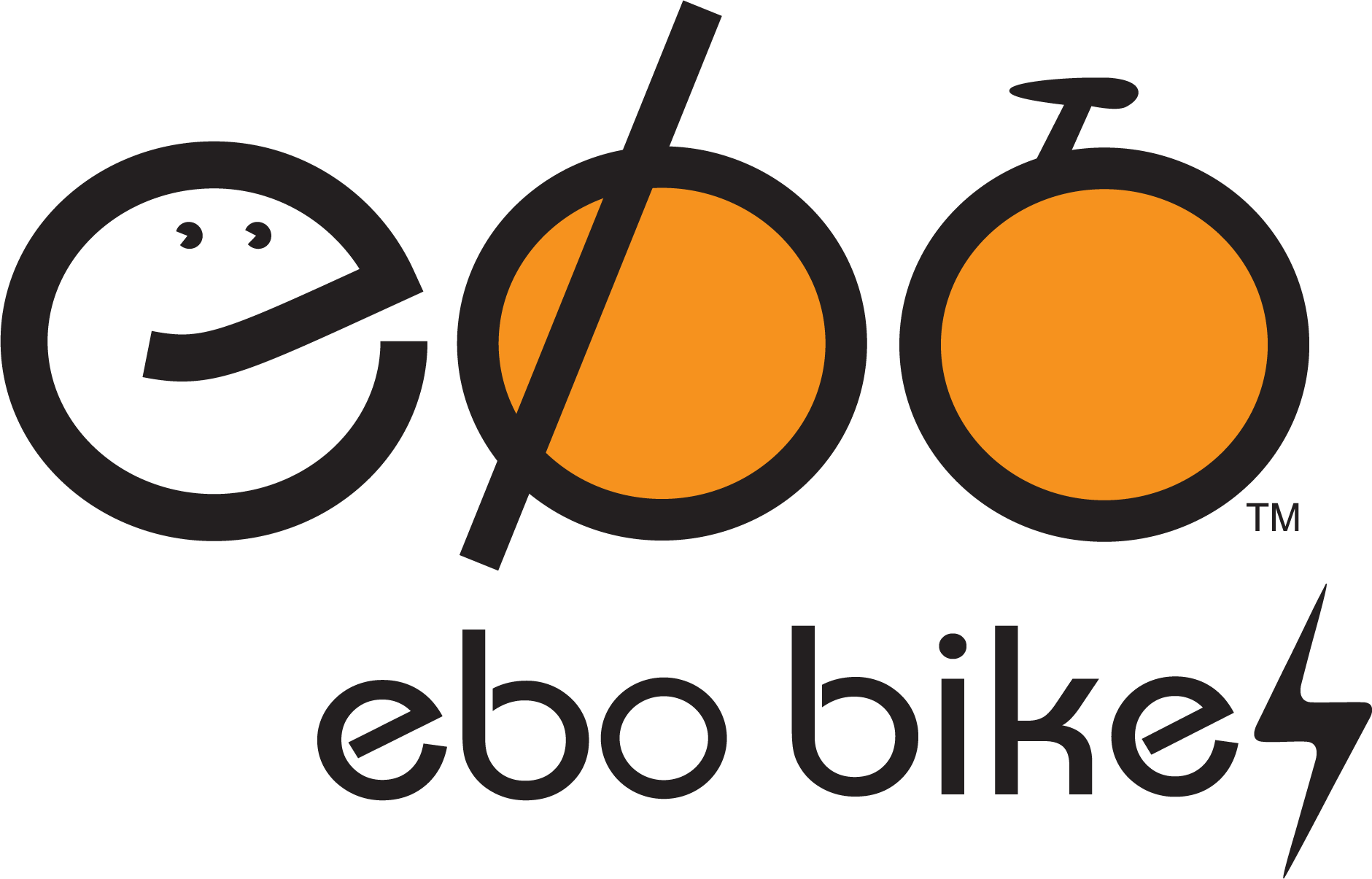ebike terminology
What are the common terms associated with an ebike?
Pedal assist: This refers to a system that provides additional power to the rider's pedaling, helping the rider to go faster or to ride more easily up hills.
Throttle: Some e-bikes have a throttle that allows the rider to control the level of assistance provided by the electric motor.
Range: The distance that an e-bike can travel on a single charge is known as its range.
Motor: E-bikes use an electric motor to provide assistance to the rider. The motor can be located in the hub of the rear wheel, in the bottom bracket, or in the frame.
Battery: E-bikes have a battery pack that stores electricity to power the motor. The battery is typically located in the frame or in a rear rack.
Charging: E-bikes need to be charged regularly to maintain their range. Charging can be done at home or at a public charging station.
Class: E-bikes are classified into three categories based on the maximum power of the motor and the maximum speed at which the motor provides assistance.
Pedelec: This term refers to e-bikes that provide assistance only when the rider is pedaling.
S-Pedelec: This term refers to e-bikes that can reach high speeds (up to 45 km/h) and are typically used for commuting or touring.
Commuting: E-bikes are popular for commuting because they allow the rider to travel longer distances and arrive at their destination without getting as tired as they would on a traditional bike.
Electric bikes are complex products. They have come a long way from its simple origins. Every electric bike regardless of what drive it is powered by, have a few common terms associated with them. Listed below are some of them that form a modern electric bike.

